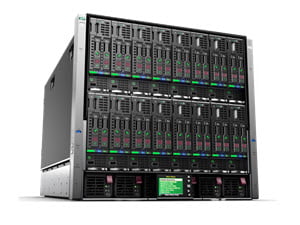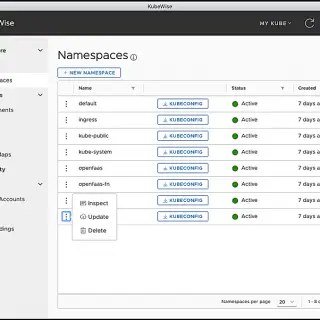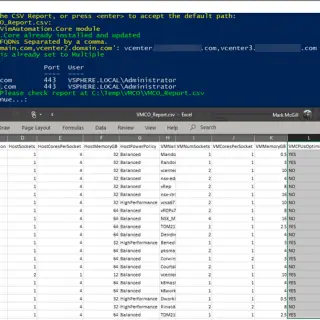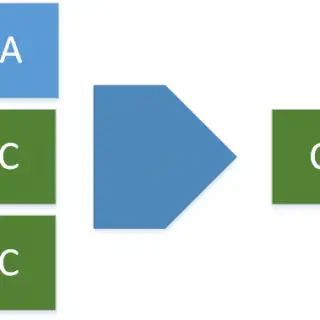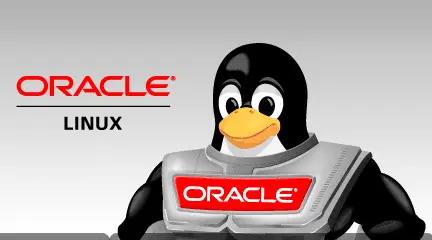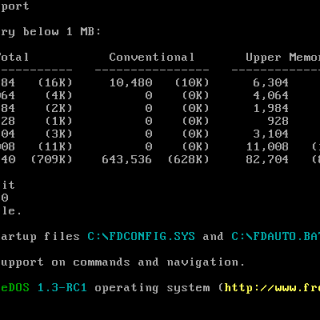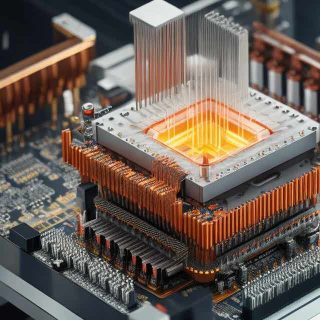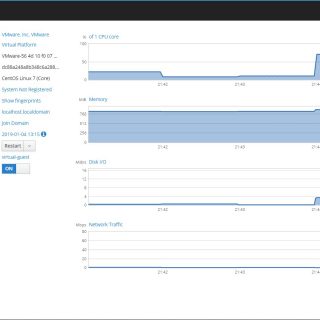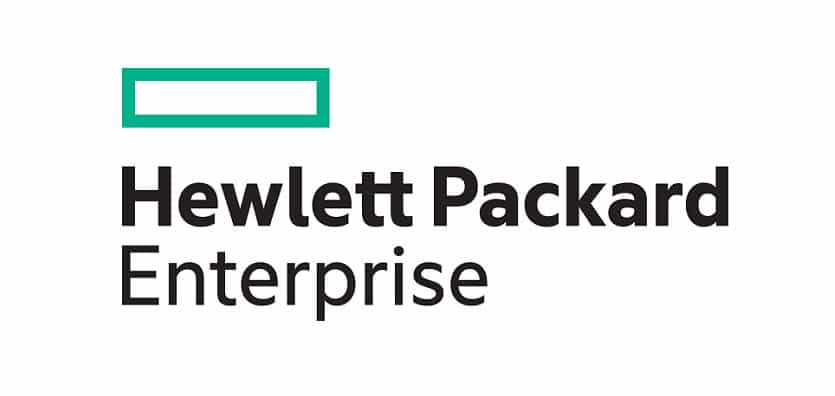HPE FlexFabric 650FLB Adapter May Cause PSOD on ESXi 6.x
Seems, there is an issue on HPE Blade Servers when a specific adapter is installed on server. If there is any server of the below models in your virtual environment that you should consider to this post: HPE ProLiant BL460c Gen10 Server Blade HPE ProLiant BL460c Gen9 Server Blade HPE ProLiant BL660c Gen9 Server HPE servers running VMware ESXi 6.0, VMware ESXi 6.5 or VMware ESXi 6.7 and configured with an HPE FlexFabric 20Gb 2-port 650FLB Adapter with driver version 12.0.1211.0 (or prior), a “wake NOT set” message is logged in the Vmkernel logs. Then after 20 to 30 days of server run time, a Purple Screen of Death (PSOD) may display a brcmfcoe: lpfc_sli_issue_iocb_wait:10828 message. The following errors are displayed in the VMkernel logs after approximately 50 to 70 days of server run time: 2019-07-20T00:46:10.267Z cpu33:69346)WARNING: brcmfcoe: lpfc_sli_issue_iocb_wait:10828: 0:0330 IOCB wake NOT set, Data x24 x0 2019-07-20T01:10:14.266Z cpu33:69346)WARNING: brcmfcoe: lpfc_sli_issue_iocb_wait:10828: 0:0330 IOCB wake NOT set, Data x24 x0 2019-07-20T02:16:25.801Z cpu33:69346)WARNING: brcmfcoe: lpfc_sli_issue_iocb_wait:10828: 0:0330 IOCB wake NOT set, Data x24 x0 2019-07-20T02:22:26.957Z cpu33:69346)WARNING: brcmfcoe: lpfc_sli_issue_iocb_wait:10828: 0:0330 IOCB wake NOT set, Data x24 x0 2019-07-20T03:26:39.057Z cpu11:69346)WARNING: brcmfcoe: lpfc_sli_issue_iocb_wait:10828: 0:0330 IOCB wake NOT set, Data x24 x0 2019-07-20T04:06:46.158Z cpu11:69346)WARNING: brcmfcoe: lpfc_sli_issue_iocb_wait:10828: 0:0330...
